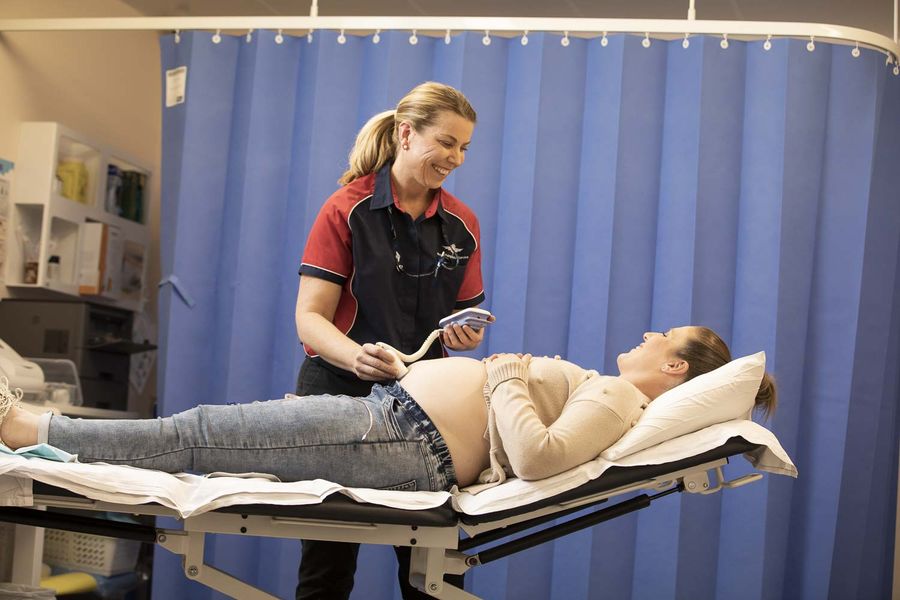
New study released this week reveals 1 out of every 420 women who gave birth Australia-wide during 2015–2017 received an aeromedical retrieval by the Royal Flying Doctor Service
The study looked at the characteristics of patients who have been transported by the RFDS for pregnancy related issues and analyzed their hospital outcomes in comparison to metro pregnancies that did not require aeromedical assistance.
During the three year study period of 1 January 2015 to the 31 December 2017, there were 3327 retrieved pregnancy patients, equating to 21 retrievals for pregnancy per week. It was discovered that the majority of these aeromedical pregnancy patients did not have access to birthing services within 60 min of motor vehicle travel from their home.
The leading retrieval reason for these pregnancy patients was for threatened preterm labour and delivery (40.7%). It was found that pregnancy patients who were transferred by the RFDS were more likely to be younger, more overweight and to have smoked during their pregnancy in comparison to national averages. They were also more likely to have pre-existing diabetes, gestational diabetes, chronic hypertension, and gestational hypertension.

When compared to national averages for pregnancy outcomes, patients who had an aeromedical retrieval were more likely to:
- Have a caesarean section
- Have a lower birth rate
- Require special care nursery admission
- Have a stillbirth
Limited access to obstetrics and gynaecology services in rural and remote Australia is believed to contribute to suboptimal birth outcomes. When considering patient access to services from their place of residence, it was found that of the 2171 pregnancy patients transported by the RFDS in the study period, 1,204 patients (55%), did not have reasonable access to services requiring at least 60 min of motor vehicle travel.
Many of the aeromedical retrievals were for Aboriginal and/or Torres Strait Islander patients (30.3%) from remote areas. Aboriginal and Torres Strait Islander Australians are at a higher risk of antenatal risk factors, such as diabetes and hypertension, as well as a higher risk of preterm labour and perinatal death. While preterm labour and stillbirth rates appear to be decreasing, there still appears to be Australian subgroups, such as rural and remote Indigenous women, who continue to have higher rates of negative pregnancy outcomes.
Due to the centralised location of specialised obstetric and neonatal facilities, women with high-risk pregnancies are often transferred electively to tertiary hospitals for antenatal care and delivery, with the aim of reducing perinatal mortality and morbidity.
The limited access and closures of local maternity and O&G services in rural and remote Australia, could in part help explain disparities in mortality for rural and remote women as compared to metropolitan women.
Original Article: Characteristics and in‐hospital outcomes of patients requiring aeromedical retrieval for pregnancy, compared to non‐retrieved metropolitan cohorts
Fergus W. Gardiner, Alice Richardson, Carly Roxburgh, Marianne Gillam, Leonid Churilov, Ruth McCuaig, Sean Carter, Christopher Arthur, Cynthia Wong, Adam Morton, Leonie Callaway, Karin Lust, Sarah J. Davidson, Katie Foxcroft, Kiri Oates, Lucy Zhang, Sahani Jayawardane, Mathew Coleman, Michael Peek Full text: https://obgyn.onlinelibrary.wiley.com/doi/abs/10.1111/ajo.13308#.X_0S4UdgvoA.twitter

